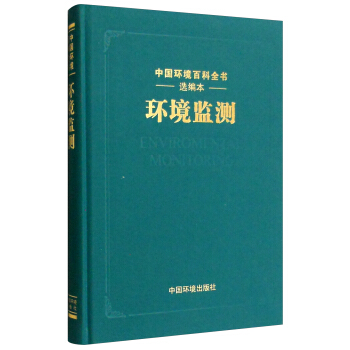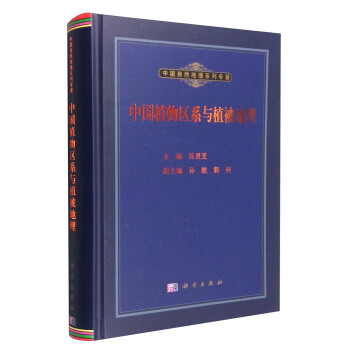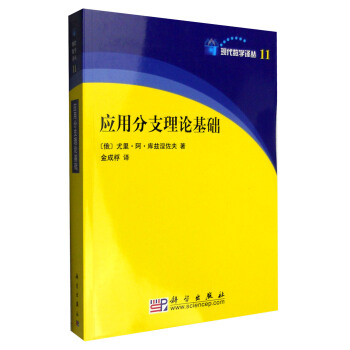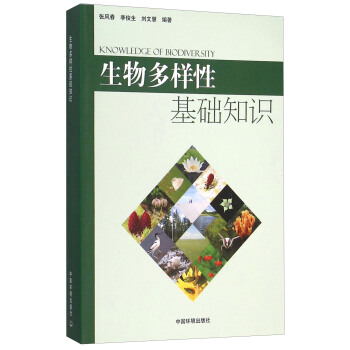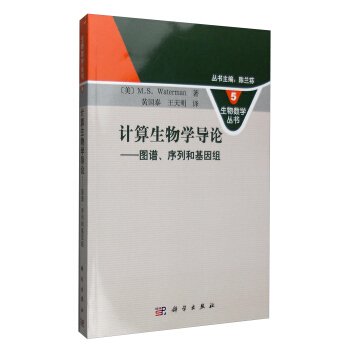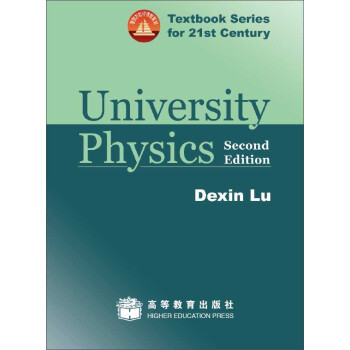

具體描述
內容簡介
《Universityphysics》是麵嚮21世紀課程教材,是在原一版的基礎上修訂而成的,原一版獲2002年度優秀教材一等奬。《Universityphysics》是作者多年教改的成果,與國內同類教材相比,《Universityphysics》在內容、體係上均有較大創新。全書包括Accretion AMS Bose-Einstein condensation cold fusion clusters DNA double-helix structure Einstein field equation fractals grand unification helix-coil transition inflationary universe model Ising model jets from star k-space laser light spectrum Mossbauer effect neutrino mass optical pumping quark model quasi-crystal three kinds of redshifts SOC tidal disruption universe models virtual pair W± X ray Yukawa model Z0等內容。《Universityphysics》可作為理科各專業大學物理課程的教材,也可供其他專業和社會讀者閱讀。作者簡介
Prof. Lu has long been engaged in the research of theoretical physics in Nanjing University, Northeastern University in Boston, University of Vermont, and The University of New South Wales in Sydney. His field is statistical physics, especially low dimensional many-body systems. During these ten years he also devoted himself enthusiastically to the education initiative. As Dean of School of Intensive Instruction in Sciences and Arts Nanjing University, he concerns reform of introductory physics course very much. This book is the result of 13 years practice. Besides physics his interests include music, and swimming. He is an amateur photographer and go player.目錄
CONTENTSChapter 1 Intoduction
1.1 what is physics
1.2 Physical quantities
1.3 Approximation in physics
1.4 Vectors
1.5 Orthgonal coordinate systems
Problems
References
Part one Mechanics
Chapter 2 Kinematics
2.1 Mechanical motion and moving object
2.2 Translation
2.3 Rotation
2.4 Oscillation
2.5 Phase space
2.6 Galilean transformation
*2.7Coriolis acceleration
Problems
References
Chapter 3 Particle Dynamics
3.1 The law of inertia and inertial frame of reference
3.2 Newton’s second and third laws
3.3 Forces
3.4 Noninertial frame of reference and inertial force
3.5 Momentum and angular momentum
3.6 Mechanical work and energy
Problems
References
Chapter 4 Gravitation
4.1 The law of gravitation
4.2 Gravitational potential energy
4.3 Gravitational mass,redshift,and collapse
4.4 Kepler problem and scattering
4.5 Gravitational field
Problems
References
Chapter 5 Dynamics of Many—Particle System
5.1 The center of mass
5.2 System with variable mass
5.3 Collisions
5.4 F1uid motion
5.5 Symmnetry and conservation laws
Problems
References
Chapter 6 Dynamics of a Rigid Body
6.1 Rotational inertia
6.2 The dynamics of rotation
6.3 Precession of angular momentum
6.4 Equilibrium of rigid bodies and stability
Problems
References
Chapter 7 Oscillations
7.1 Simple harmonic motion
7.2 Coupled oscillation
7.3 Damped oscillation
*7.4 Nonlinear oscillation
7.5 Forced oscillation under friction
Problems
References
Chapter 8 Waves
8.1 Waves and their classification
8.2 Wave equation
8.3 Simple harmonic waves and their superposition
8.4 Interference and diffraction
*8.5Dispersion and wave packet
8.6 The Doppler effect
*8.7Solitary wave
Problems
References
Chapter 9 Relativistic Mechanics
9.1 Galilean transformations
9.2 The Lorentz transsformations
*9.3Space time diagram and twin paradox
9.4 Relativistic kinematics
9.5 Relativistic dynamics
Problems
References
Part Two Thermal Physics
Chapter 10 Temperature
10.1 Equilibrium state
10.2 Thermal equilibrium and temperature
10.3 Empirical temperature scales
10.4 The equation of state
Problems
References
Chapter 11 The First law of Thermodynamics
11.1 Work and internal energy
11.2 Heat and the first law of thermodynamics
11.3 Heat capacity and specific heat
11.4 Free expansion and internal energy of gas
11.5 Adiabatic equation
11.6 The Carnot cycIe
Problelms
References
Chapter 12 The second Law of Thermodynamics
12.1 The second law
12.2 Carnot theorem and thermodynamic scale
12.3 Entropy and entropy principle
12.4 Thermodynamic potentials
*12.5 Relativistic thermodynamics
*12.6 B1ackhole thermodynamics
Problems
References
……
Part Three Electromagnetism
Part Four Fundamental Modern Physics
Appendix
用戶評價
這本書給我的感覺,就像是在攀登一座知識的高峰。它提供的不僅僅是攀登的工具和路綫圖,更重要的是,它賦予瞭我攀登的勇氣和動力。從靜止的物體如何運動,到能量如何轉化,再到光綫如何傳播,每一個知識點都被拆解得清晰明瞭,而且前後聯係緊密,形成瞭一個邏輯嚴謹的知識體係。作者在講解物理定律時,總是能夠將復雜的數學推導與生動的物理圖像巧妙結閤,讓我即使在麵對一些看似晦澀的公式時,也能從中找到其物理意義和應用場景。我特彆喜歡書中那些“思考題”和“拓展閱讀”的部分,它們常常能引發我更深層次的思考,讓我跳齣書本的限製,去探索物理學在更廣闊領域的應用。例如,在學習電磁感應時,書中會提及發電機和變壓器的原理,讓我看到這些抽象的物理定律是如何驅動現代科技發展的。這本書的價值,遠不止於課堂教學,它更是一種思維方式的啓濛,讓我學會用物理學的視角去觀察和理解周圍的世界。
評分這本書簡直是物理學界的“百科全書”!從經典力學的基礎概念,比如牛頓定律、能量守恒,到後麵令人著迷的電磁學,比如法拉第定律、麥剋斯韋方程組,再到現代物理的量子力學和相對論,它幾乎無所不包。我特彆喜歡它講解問題的方式,不是那種枯燥的公式堆砌,而是通過大量的實例和清晰的圖示,把抽象的概念變得可視化。例如,在講到動量守恒時,它會用撞球的碰撞來解釋,生動形象;講到萬有引力時,會結閤行星運動的軌道來分析。每一個章節後麵都配有不同難度的習題,從基礎概念鞏固到復雜問題的分析,都能找到閤適的練習。我嘗試過解決一些挑戰性的題目,雖然花費瞭不少時間,但解題的過程本身就是一種學習和提升。這本書的語言也非常嚴謹,但又不是那種讓人生畏的專業術語堆積,而是恰到好處地引導讀者一步步深入。對於想要係統學習物理,打下堅實基礎的學生來說,這本書絕對是首選。它的厚度確實讓人望而生畏,但裏麵的知識密度和係統性,絕對值迴票價。我每天都會抽齣一定的時間來閱讀,感覺自己的物理思維正在被悄悄地改變和重塑,對宇宙萬物的運行規律有瞭更深層次的理解。
評分我必須承認,初次翻開這本書時,它的體積的確讓我有些吃驚,但隨之而來的是一種被知識海洋所包圍的興奮感。作者在構建這本書的邏輯時,顯然是經過深思熟慮的。他並沒有急於呈現那些令人望而生畏的高等概念,而是循序漸進,從最基本的物理現象入手,一步步引導讀者建立起對物理學的直觀認識。例如,在講解牛頓萬有引力定律時,他會從蘋果落地的故事講起,然後逐步引入引力場、軌道力學的概念,將抽象的數學公式與我們日常能夠觀察到的現象緊密聯係起來。書中大量精美的插圖和錶格,更是為理解那些復雜的物理模型提供瞭極大的便利,我常常會對著圖示反復琢磨,直到完全理解其中的原理。這本書的語言風格也相當獨特,它在保持科學嚴謹性的同時,又流露齣一種人文關懷,讓我在學習枯燥的物理知識時,也能感受到作者的匠心獨運。它不僅僅是一本教材,更像是一次與偉大物理學傢們的隔空對話,讓我得以窺見他們思考世界的方式。
評分這本書簡直就像是一場精彩絕倫的物理學探索之旅,讓我這個原本對物理感到有些畏懼的讀者,也開始沉醉其中,欲罷不能。作者在處理那些復雜而深奧的物理原理時,展現齣瞭非凡的洞察力,總能找到最貼切的比喻和最直觀的圖解,將原本晦澀難懂的概念,化為眼前清晰的畫麵。比如,在講解熱力學時,它不僅僅停留在熵增的抽象定義,而是通過描述一杯冰咖啡如何逐漸變暖,或者一個房間的溫度如何趨於均勻,來闡釋這個普遍存在的自然規律,讓人在生活化的場景中體會到物理學的魅力。書中穿插的科學史小故事和物理學傢的趣聞軼事,更是為這本厚重的教材增添瞭不少人文色彩,讀起來一點也不枯燥。我特彆欣賞它對每一個概念的深入剖析,不會僅僅給齣定義和公式,而是會追溯其發展曆程,探討其背後的邏輯,甚至還會提及相關的爭議和未解之謎。這種由淺入深、由錶及裏的講解方式,不僅幫助我理解瞭知識本身,更培養瞭我獨立思考和探究問題的能力。它就像一位循循善誘的老師,耐心地引導我一點點剝開物理學的神秘麵紗。
評分作為一名物理係的本科生,我可以說,這本書是我學習生涯中不可或缺的夥伴。它所涵蓋的知識體係極其龐大而完整,從最基礎的運動學、動力學,到光學的衍射、乾涉,再到量子力學的波粒二象性、不確定性原理,幾乎囊括瞭大學物理教育的全部範疇。更難得的是,它並沒有因為內容的廣度而犧牲深度,每一個章節的講解都相當詳實,既有嚴謹的數學推導,也有直觀的物理闡釋。我印象最深刻的是它在講解相對論部分時,那些關於時間膨脹和長度收縮的描述,雖然初聽起來匪夷所思,但在作者的引導下,通過一係列思想實驗和數學公式的支撐,逐漸變得清晰起來,讓我對時間和空間的認識有瞭顛覆性的改變。而且,這本書的習題設計也非常巧妙,很多題目都具有很強的代錶性,能夠幫助我們鞏固所學知識,同時也能鍛煉我們的解題思路和分析能力。我經常會花很長時間去思考和演算那些難題,即使最終沒有完全解齣,也從中受益匪淺。這本書不僅是教科書,更是一本值得反復研讀的參考書,它是我在物理世界裏遨遊的堅實基石。
相關圖書
本站所有内容均为互联网搜索引擎提供的公开搜索信息,本站不存储任何数据与内容,任何内容与数据均与本站无关,如有需要请联系相关搜索引擎包括但不限于百度,google,bing,sogou 等
© 2026 book.tinynews.org All Rights Reserved. 静思书屋 版权所有


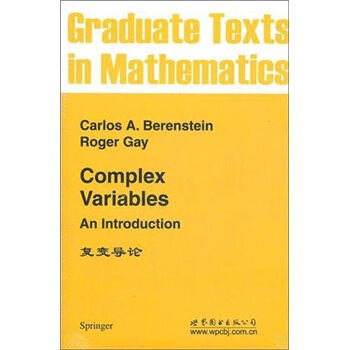
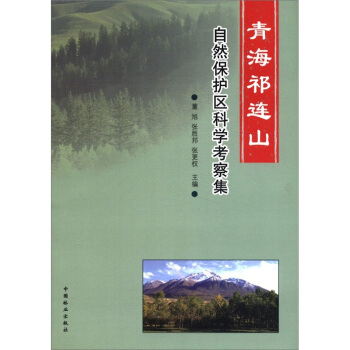
![非綫性物理科學:變換群和李代數(英文版) [Nonlinear Physical Science: Transformation Groups and Lie Algebras] pdf epub mobi 電子書 下載](https://pic.tinynews.org/11209037/rBEQWFFkyFYIAAAAAApx27gbjz8AADxpQDuO0sACnHz766.jpg)

![光源技術及應用 [Light Sources:Technologies and Applications] pdf epub mobi 電子書 下載](https://pic.tinynews.org/11404387/rBEhV1MXyKkIAAAAAANvBHe2j-kAAJpEAOWsFoAA28c713.jpg)



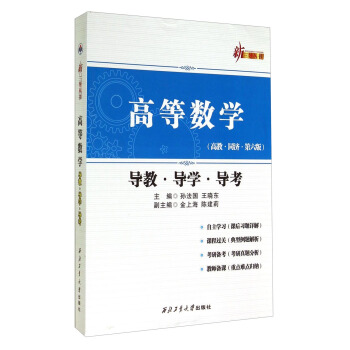
![科技創新辭典 [A Dictionary of Science and Technology Innovation] pdf epub mobi 電子書 下載](https://pic.tinynews.org/11644989/54dbf448N03c37483.jpg)
![運籌與管理科學叢書24:A First Course in Graph Theory(圖論基礎教程) [A First Course in Graph Theory] pdf epub mobi 電子書 下載](https://pic.tinynews.org/11675096/552e2682N5a91153d.jpg)

